Special Care For Your Microscope
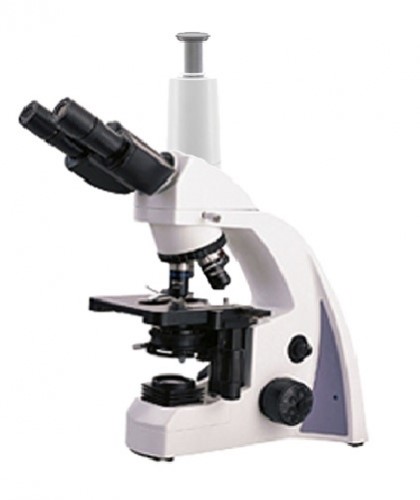
In humid climates, usually hot, microscopes are usually affected by fungi, which are formed mainly on the surface of the lens, in the screw slots and under the protective paint. If the equipment is not adequately protected, it could become unusable in the very short term. The care shown below helps prevent the formation of fungi:
Do you know what to keep in mind when using your optical microscope?
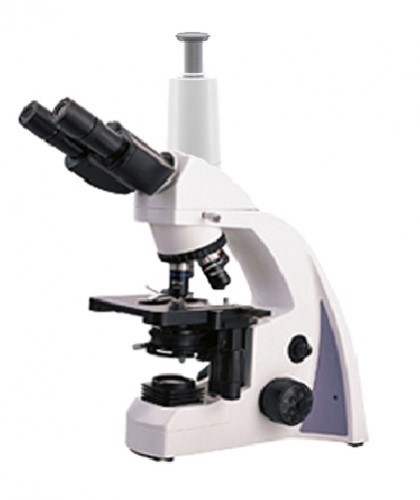
The microscope is an instrument that allows to observe objects that are not perceptible to the human eye. This is achieved through an optical system composed of lenses, which form and amplify the image of the object being observed.
Laboratory ovens, which one to choose?
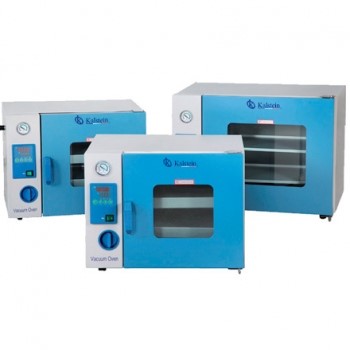
Among the wide variety of equipment needed to carry out the numerous activities of a laboratory, we can highlight the use of drying and heating stoves or ovens, basic equipment that is often used quite frequently.
The drying oven: from the simple to the complex
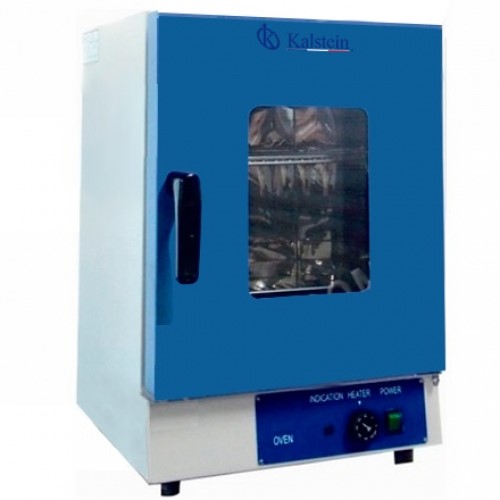
The drying oven is a device used to dry and sterilize glass and metal containers in the laboratory. It is also identified with the name Oven drying. The manufacturers have basically developed two types of stove: those that operate by natural convection and those that operate by forced convection. The stoves operate, in general, between room temperature and 350 ° C
How to keep your spectrophotometer in good condition?
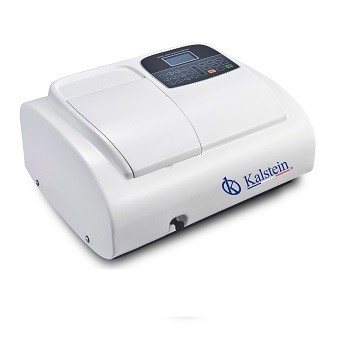
The spectrophotometer is one of the main diagnostic and research instruments developed by humans. It is used in the laboratory in order to determine the concentration of a substance in a solution, thus allowing quantitative analysis.
The Centrifuge: an Essential Element
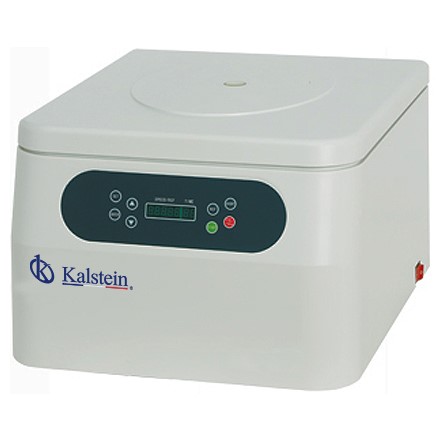
A centrifuge is an apparatus that applies a sustained centrifugal force (that is, a force produced by rotation) to impel matter out of the center of rotation. This principle is used to separate particles in a liquid medium by sedimentation. In general, the centrifuge is used in laboratories as a process of separating the sedimentation of liquid and solid components.
Horizontal autoclaves vs. vertical
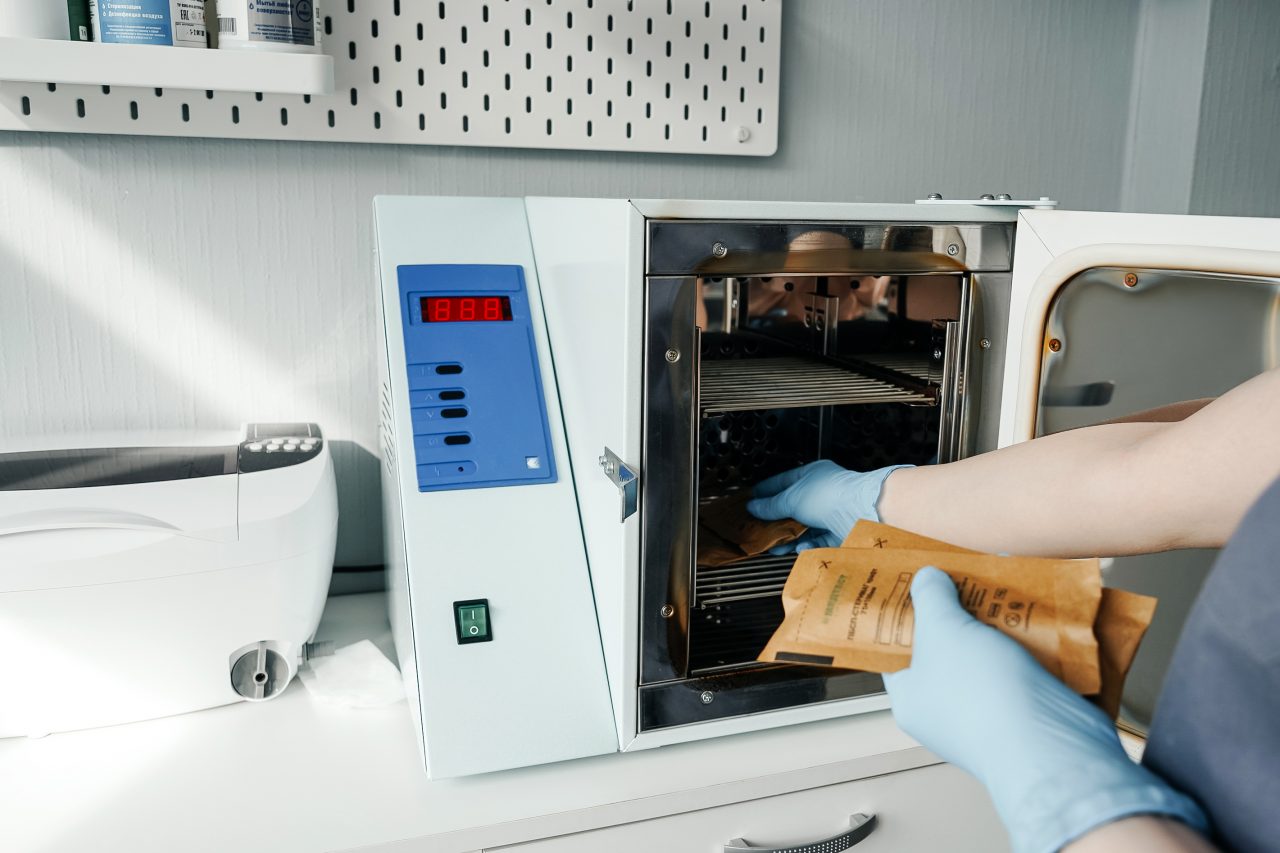
Laboratory sterilization has its own requirements. The choice of the right autoclave depends on different factors: the diversity of the load, the frequency of use, available services and the volumes of the loads.
Autoclaves are essential equipment for almost any type of laboratory since the sterilization process is carried out through them, so it is essential to choose the best and the one that best suits your needs, since autoclaves come in many forms and sizes from compact and portable to recessed wall units, and many configurations from horizontal front loading autoclaves to vertical top loading autoclaves
What is laminar flow hood?
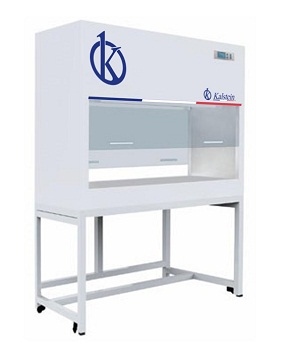
A laminar flow hood is a device that allows obtaining a sterile and safe area for any need that is required within a laboratory. It can be: horizontal or vertical. Basically it constitutes a space, which, by means of a specific treatment of the air, allows to work in an area with a strict control of non-road particles
Common Mistakes When Using an Electronic Balance
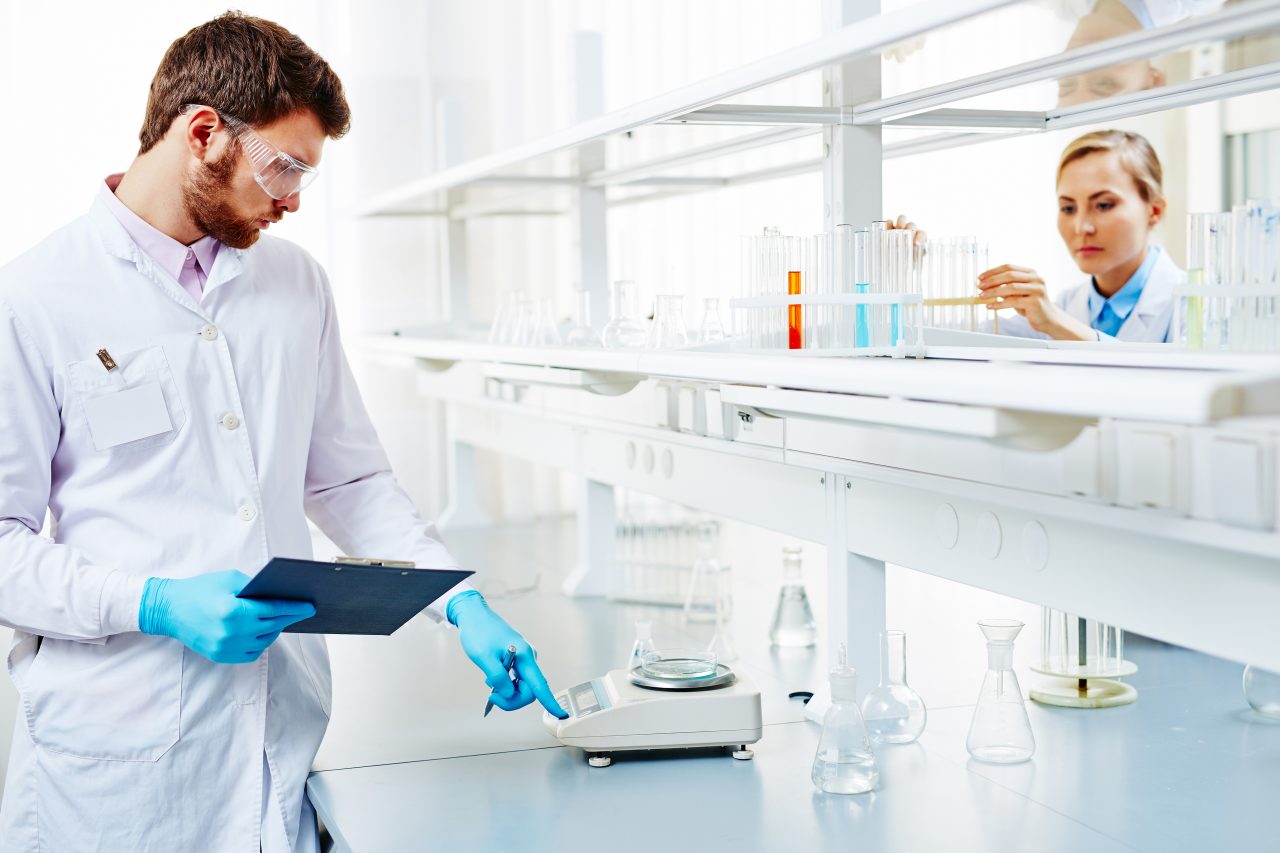
Electronic balances are highly valued measuring equipment for chemical, analytical and formulation operations in quality industries and laboratories. They are used, like scales in general, to measure the mass of a body or substance, only that as this is a precision balance, the measurement is exact.
Do you know how an analytical balance works?
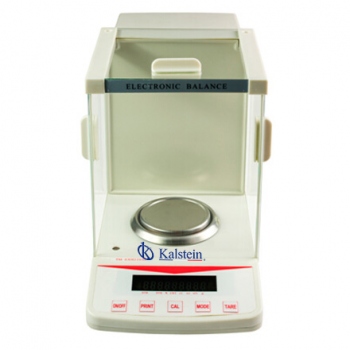
The balance is a laboratory instrument that measures the mass of a body or chemical substance, using the force of gravity acting on the body as a means of comparison. The word comes from the Latin terms:
bis which means two
linx which means dish.
It should be taken into account that weight is the force that the gravitational field exerts on the mass of a body, such force being the product of the mass by the local acceleration of gravity. [F = m x g]. The local term is included to emphasize that the acceleration depends on factors such as geographical latitude, height above sea level and land density, at the place where the measurement is made. This force is measured in Newton. Did you know? The balance has other names, including scales and scales.
